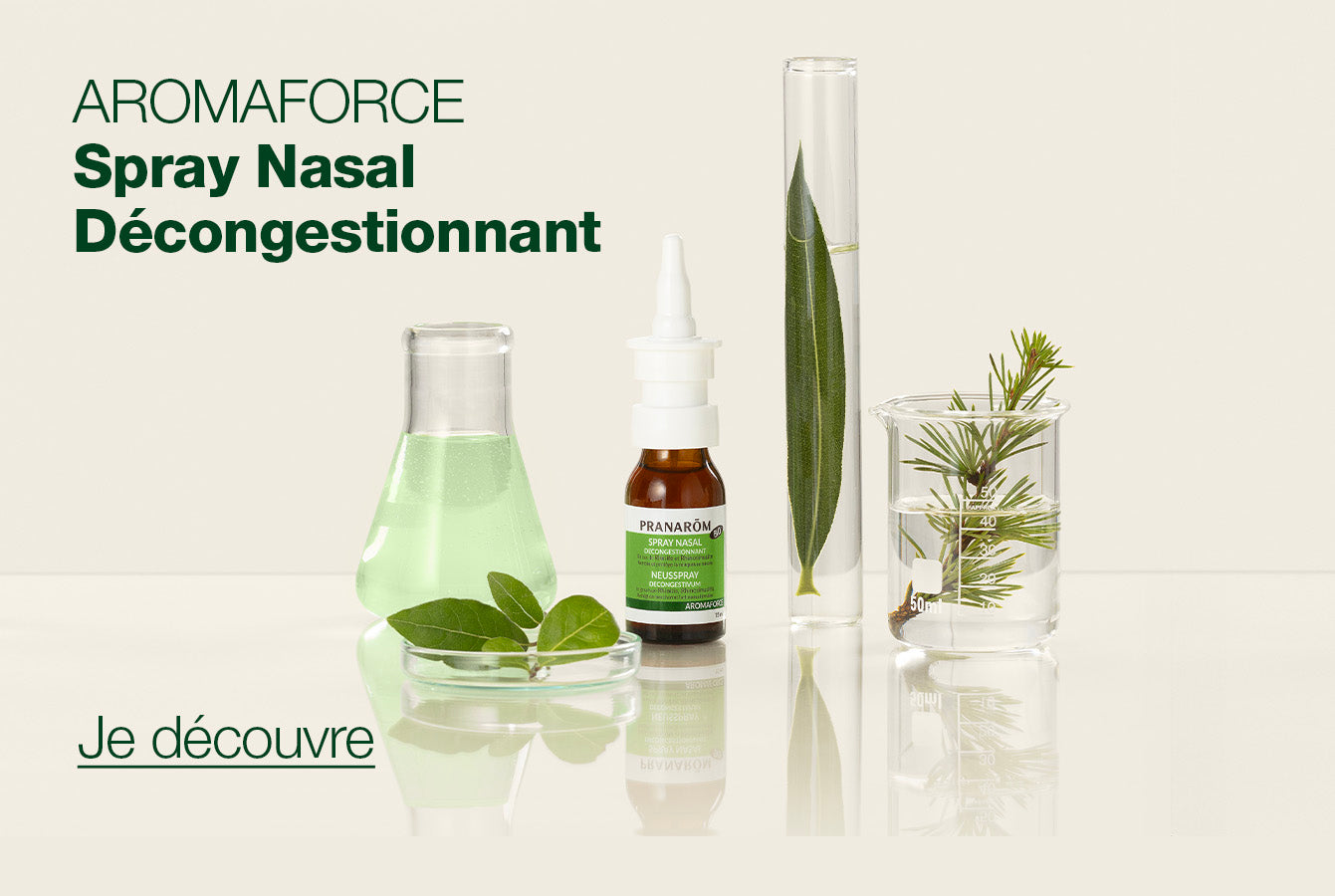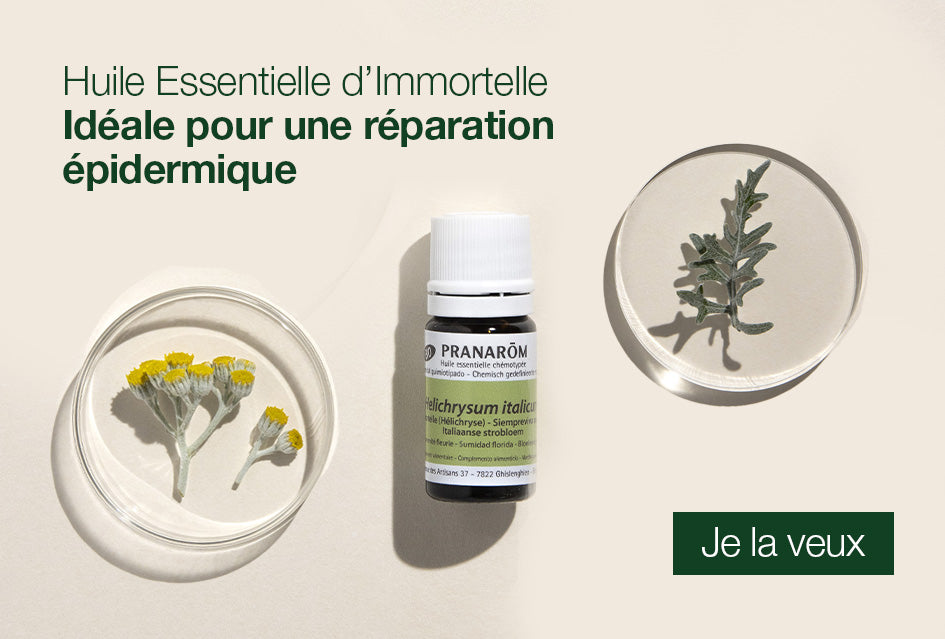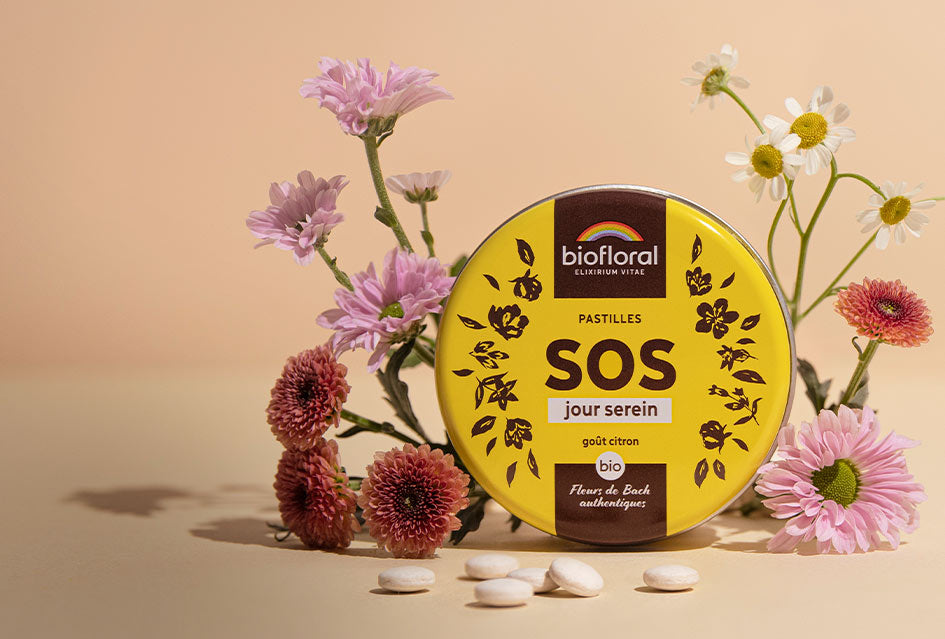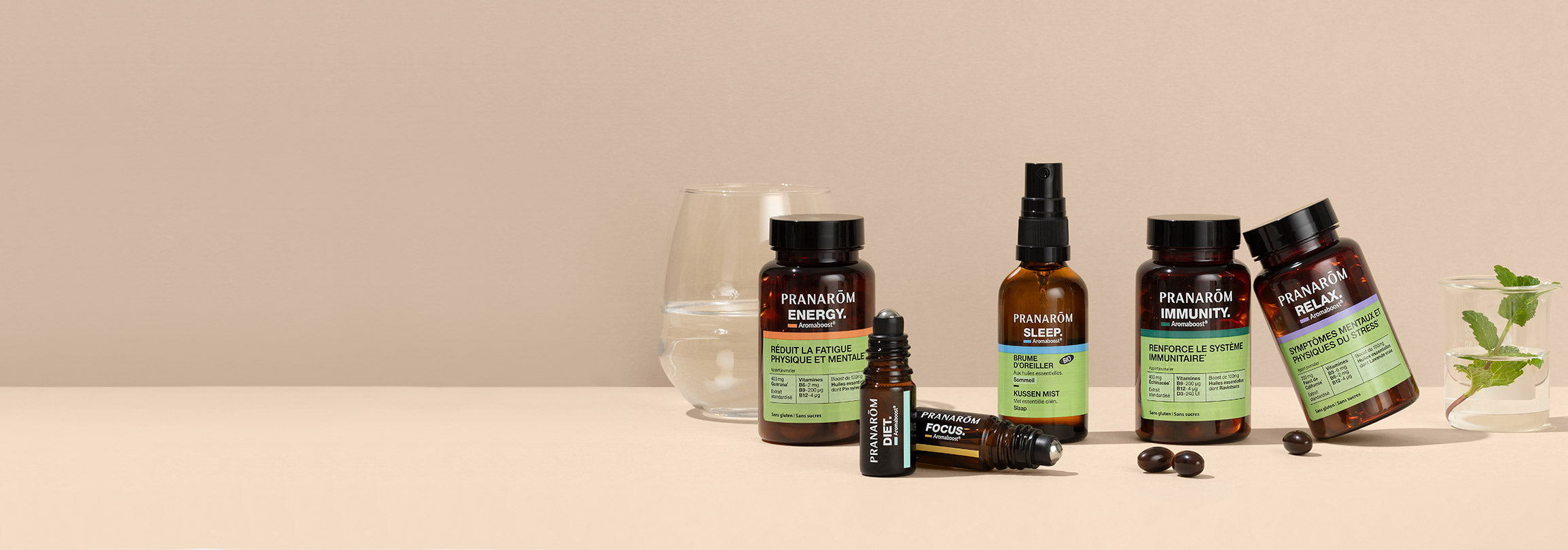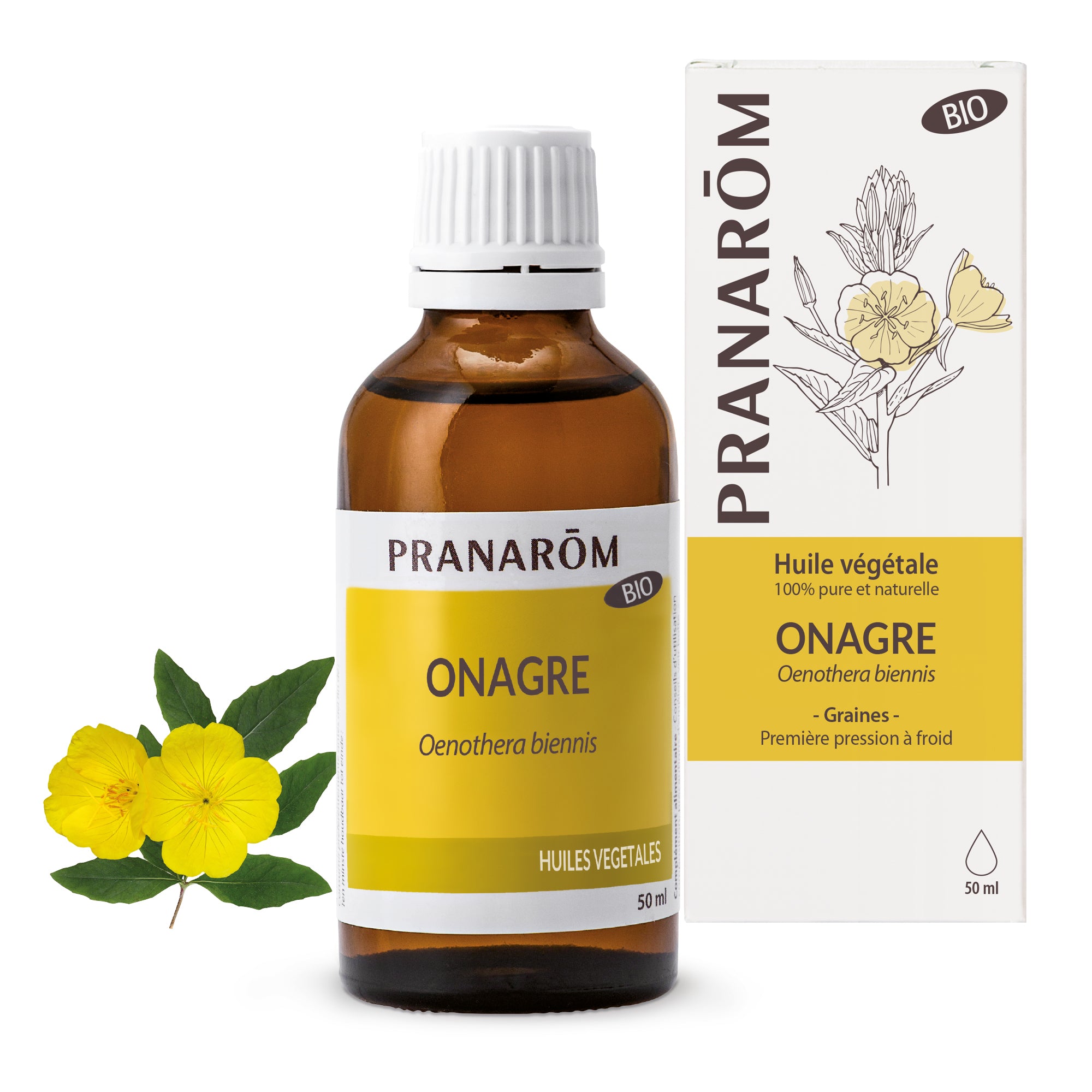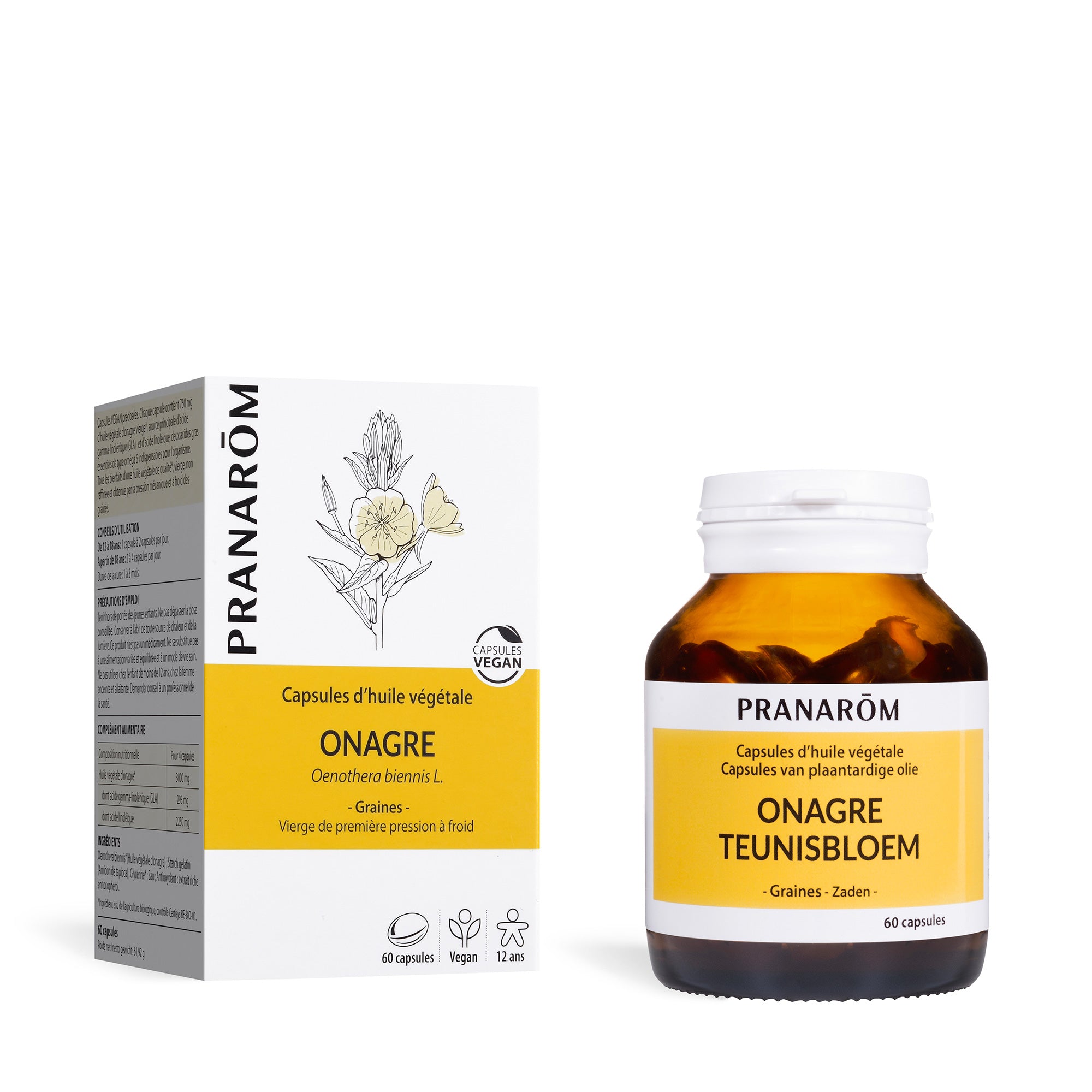Evening primrose (oenothera biennis)
is a tall grass with yellow flowers from which the seeds are taken to extract an oil which was already used by the American Indians as a healing agent. Mature women are today invited to use it for beauty (dry skin) and health (hormonal balance).
Indeed, the gamma-linolenic acid (omega 6) contained in evening primrose oil promotes the treatment of skin lesions (eczema, psoriasis). Evening primrose oil also contains above all linoleic acid (omega 6) which promotes the metabolic activity of many cells. Evening primrose promotes hormonal balance in women thanks to its combination of essential fatty acids which stimulates the formation of prostaglandins. Evening primrose capsules are recommended to be taken orally for any hormonal imbalance or as menopause approaches. Recent scientific studies have also highlighted the antioxidant activity of evening primrose.
A simple recipe for dry skin that tends to peel or crack:
- Neroli Essential Oil (citrus aurantium flower): 4 drops;
- Petitgrain Bigarade Essential Oil (citrus aurantium leaves): 8 drops;
- Evening Primrose Vegetable Oil (oenothera biennis): QSP 30 ml.

